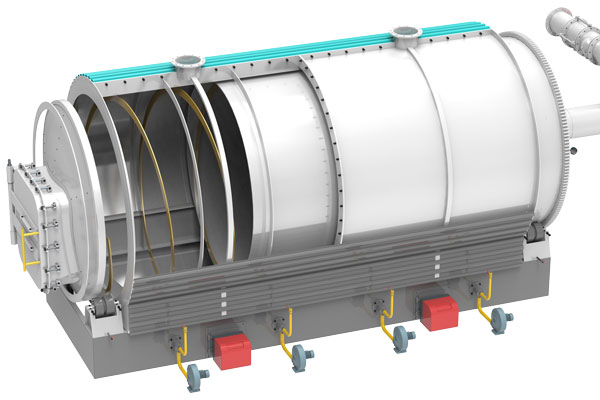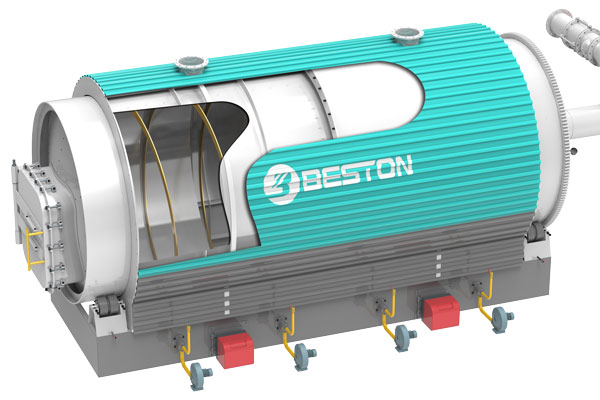Pyrolysis Plants Plays An Important Role in Achieving Carbon Reduction Goals
With the growing concern over climate change and the need to mitigate carbon emissions, pyrolysis plants have emerged as a promising technology to contribute to carbon reduction goals. Pyrolysis is a thermochemical process that converts organic materials, such as waste plastics, tires, and biomass, into valuable products like biofuels and char, while simultaneously reducing greenhouse gas emissions.
The Role of Pyrolysis Plants in Carbon Reduction
Pyrolysis plant plays a crucial role in carbon reduction efforts due to their ability to convert carbon-rich waste materials into useful resources. Traditional waste disposal methods, such as landfilling and incineration, release significant amounts of carbon dioxide (CO2) and other harmful pollutants into the atmosphere. In contrast, pyrolysis reduces emissions by converting waste into valuable products through thermal decomposition in the absence of oxygen.
- Conversion of Waste Plastics into Biofuels
One of the significant contributions of pyrolysis plants to carbon reduction goals is the conversion of waste plastics into biofuels. Plastics are derived from fossil fuels and have a high carbon content. When disposed of improperly, they can persist in the environment for centuries, releasing CO2 and contributing to global warming. Pyrolysis breaks down plastics into pyrolysis oil, which can be used as a renewable source of energy, thus displacing the need for fossil fuels.
- Tire Recycling and Emission Reduction
Tires are another problematic waste stream with high carbon content. Improper tire disposal can lead to fire hazards and the release of toxic chemicals. Tyre pyrolysis plant offers a solution by thermally decomposing tires into valuable products like pyrolysis gas, steel, and char. The pyrolysis process significantly reduces CO2 emissions compared to traditional tire incineration or landfilling.
Environmental Impact and Sustainability
Beston Group‘s pyrolysis plant can make great contributions to the environmental protection and sustainable development.
- Reducing Land and Marine Pollution
Pyrolysis plants can help reduce land and marine pollution caused by improper waste disposal. By diverting waste from landfills and incineration, these plants prevent the release of harmful pollutants into soil and water bodies. Additionally, the production of char from pyrolysis can be used as a soil amendment, improving soil health and reducing the need for chemical fertilizers.

- Energy Efficiency and Resource Conservation
The energy efficiency of pyrolysis plants is a critical aspect of their sustainability. High-energy demands during the pyrolysis process can offset the environmental benefits if not managed properly. Implementing energy-efficient technologies and integrating waste heat recovery systems can enhance the overall sustainability of these plants.
Challenges and Opportunities in Pyrolysis Technology
As promising as pyrolysis technology is, several challenges must be addressed to fully unlock its potential for carbon reduction.
- Feedstock Contamination and Quality
The quality and composition of the feedstock significantly influence the efficiency and performance of pyrolysis reactor. Contaminated or heterogeneous feedstock can lead to uneven pyrolysis and lower-quality products. Proper waste sorting and pretreatment are essential to ensuring a consistent and reliable supply of feedstock.

- Scalability and Commercial Viability
Pyrolysis technology is still relatively young, and large-scale commercial implementation is not yet widespread. Scaling up pyrolysis plants to handle significant waste volumes and ensuring their economic viability are crucial steps in achieving widespread adoption. Continued research, development, and government support can help overcome these challenges.